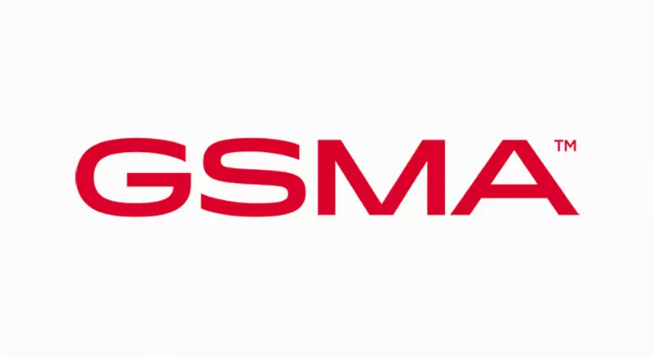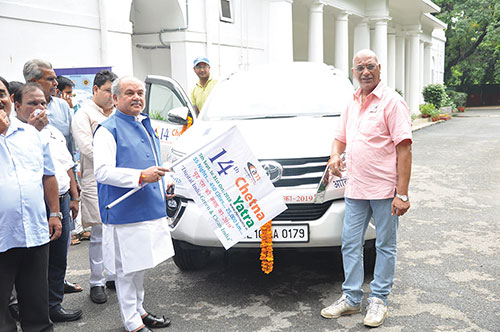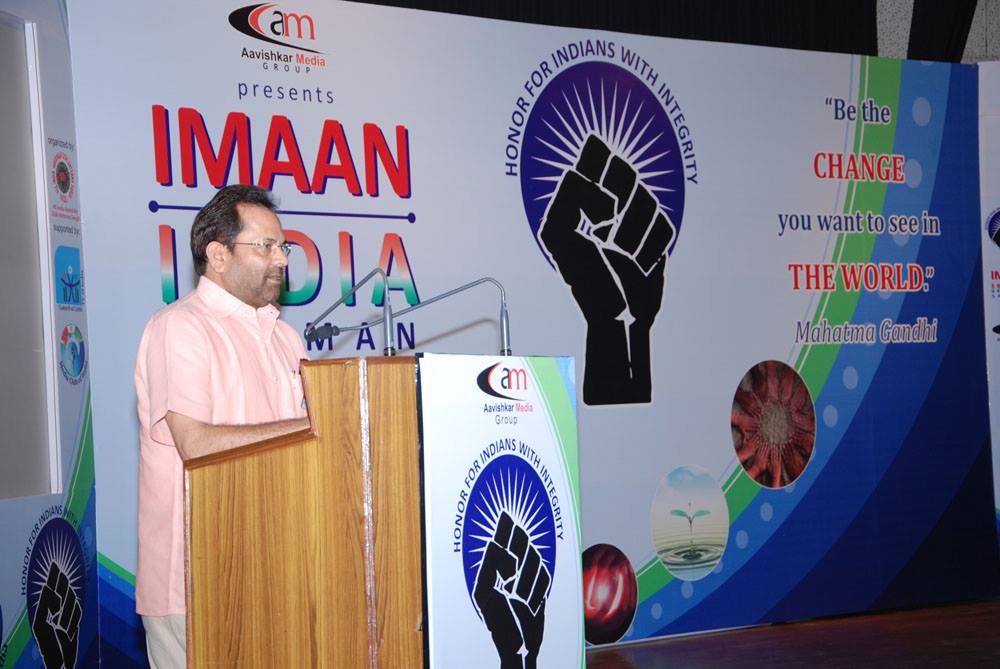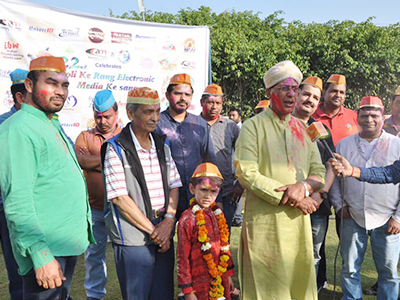New figures from GSMA Intelligence show 5G connections are expected to double over the next two years, expedited by technological innovations and new 5G network deployments in more than 30 countries in 2023 alone.
India will be especially significant with the expansion of services from Airtel and Jio in 2023 expected to be pivotal to the region’s ongoing adoption.
Of the new networks to be deployed in 2023, it is expected that 15 will be 5G standalone networks. The forecasts from GSMA Intelligence, announced during Mobile World Congress 2023 being held in Barcelona, point to a significant period of growth in terms of mobile subscribers and enterprise adoption.
Consumer connections surpassed one billion at the end of 2022 and will increase to around 1.5 billion this year – before reaching two billion by the end 2025. This momentum confirms 5G as the fastest generational roll-out, when compared to 3G and 4G, GSMA said in a statement yesterday.
As of January 2023, there were 229 commercial 5G networks globally and over 700 5G smartphone models available to users, it said.
Growth will also come from key markets within APAC and LATAM, such as Brazil and India, which have recently launched 5G networks.
GSMA Intelligence predicts there will be four 5G networks in India by the end of 2025, accounting for 145 million additional users.
Many of the new 5G markets scheduled to launch networks in 2023 are in developing regions across Africa, including Ethiopia and Ghana, and Asia. Today, 5G adoption in the sub-Saharan region sits below one percent but will reach over 4 percent by 2025 and 16 percent in 2030, largely thanks to a concerted effort from industry and government organisations to provide connectivity to citizens.
“Until now, 5G adoption has been driven by relatively mature markets and consumer use cases like enhanced mobile broadband, but that’s changing. We’re now entering a second wave for 5G that will see the technology engage a diverse set of new markets and audiences,” said Peter Jarich, Head of GSMA Intelligence, in a statement.
“The extension to new use cases and markets will challenge the mobile ecosystem to prove that 5G truly is flexible enough to meet these diverse demands in a way that’s both inclusive and innovative,” he added.
As of January 2023, more than 90 fixed broadband service providers (the vast majority of which are mobile operators) had launched commercial 5G-based fixed wireless services across over 48 countries. This means around 40 percent of 5G commercial mobile launches worldwide currently include an FWA offering.
In the US, T-Mobile added over half a million 5G FWA customers in Q4 2021 and Q1 2022 combined. By 2025, it expects to have eight million FWA subscribers, while Verizon is targeting five million FWA subscribers for the same period. And, with operators such as Reliance Jio announcing ambitions to connect as many as 100 million homes across India to its 5G FWA network, the number of FWA users looks likely to grow substantially over the next few years, GSMA pointed out.
While the majority of current 5G FWA deployments focus on the 3.5–3.8 GHz bands, several operators around the world are already using 5G mmWave spectrum as a capacity and performance booster to complement coverage provided by lower bands.
Only 7 percent of 5G launches have been in 5G mmWave spectrum so far but this looks set to change given 27 percent of spectrum allocations and 35% of trials are already using 5G mmWave bands.
Furthermore, in 2023 alone, the industry will see ten more countries assigned 5G mmWave spectrum for use – a significant increase from the 22 countries who have been assigned it to date. Spain received the first European 5G mmWave spectrum allocation this year, resulting in Telefónica, Ericsson and Qualcomm launching its first commercial 5G mmWave network at MWC Barcelona 2023.
The figures from GSMA Intelligence also suggest that, for operators, the enterprise market will be the main driver of 5G revenue growth over the next decade. Revenues from business customers already represent around 30 percent of total revenues on average for major operators, with further potential as enterprise digitisation scales.
Another major development for the enterprise will be the commercial availability of 5G Advanced in 2025. Focusing on uplink technology, 5G Advanced will improve speed, coverage, mobility and power efficiency – and support a new wave of business opportunities.
GSMA’s Network Transformation survey showed half of operators expect to support 5G Advanced commercial networks within two years of its launch. While this is likely optimistic, it presents the ecosystem with a clear opportunity to execute on.
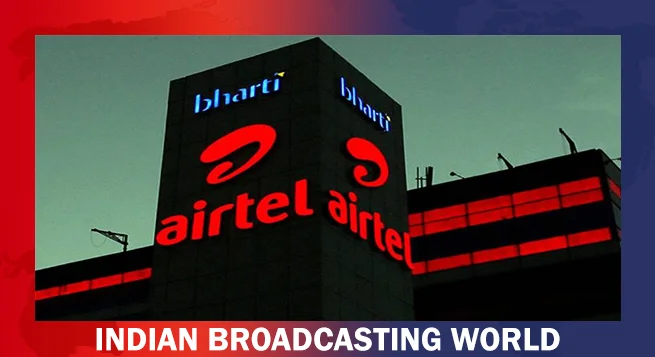 CCI okays Airtel’s acquisition of Warburg Pincus DTH stake
CCI okays Airtel’s acquisition of Warburg Pincus DTH stake  NDTV Marathi, 6th news channel from the stable, launched
NDTV Marathi, 6th news channel from the stable, launched  Andhra’s political clash: Naidu, Kalyan vs. Reddy
Andhra’s political clash: Naidu, Kalyan vs. Reddy  DocuBay releases ‘12 Digit Masterstroke’
DocuBay releases ‘12 Digit Masterstroke’  News18 Network dominates YouTube views during second phase of Lok Sabha elections
News18 Network dominates YouTube views during second phase of Lok Sabha elections  NueGo teams up with T-Series’ ‘SRIKANTH’
NueGo teams up with T-Series’ ‘SRIKANTH’  Prime Video announces premiere date for ‘Panchayat’ S3
Prime Video announces premiere date for ‘Panchayat’ S3 

